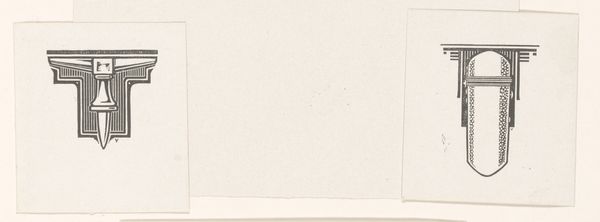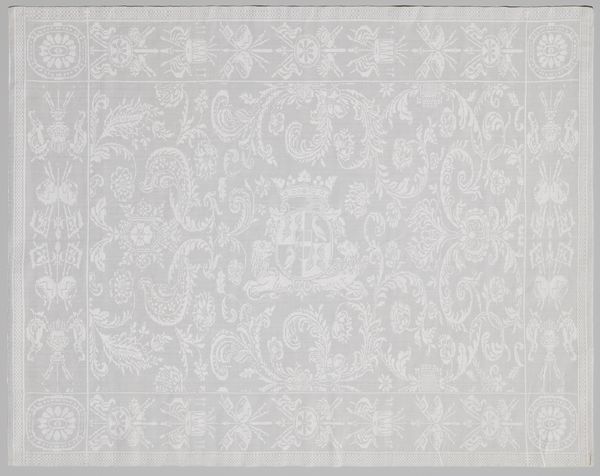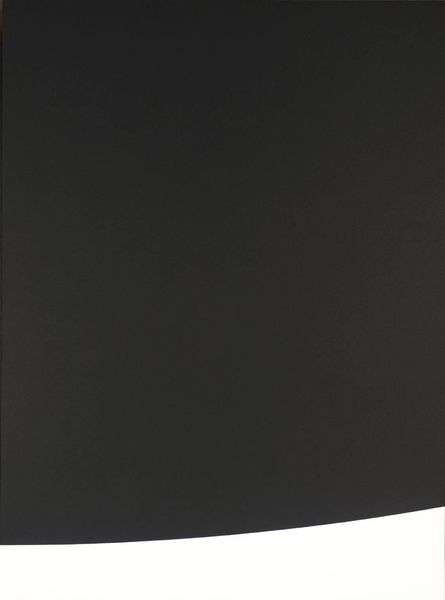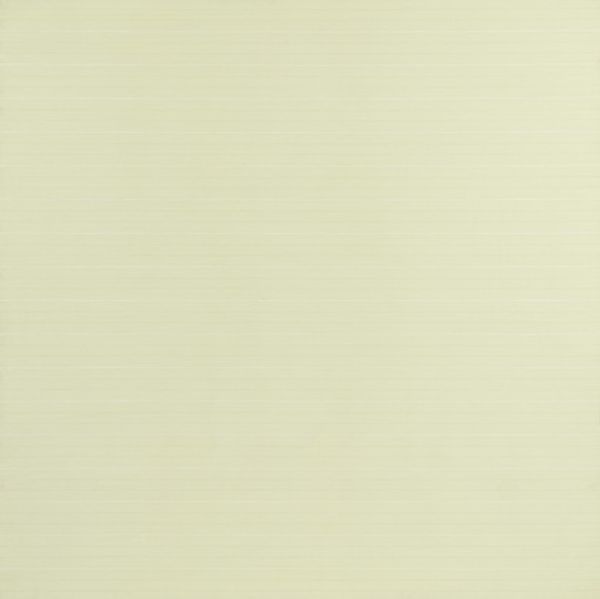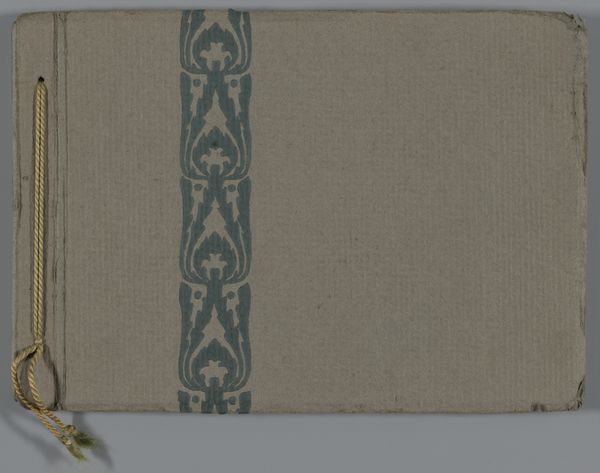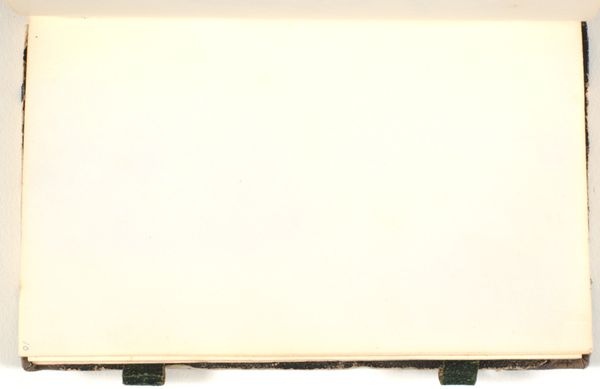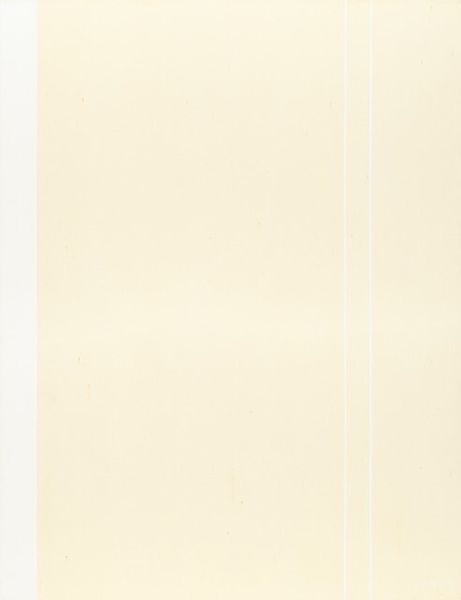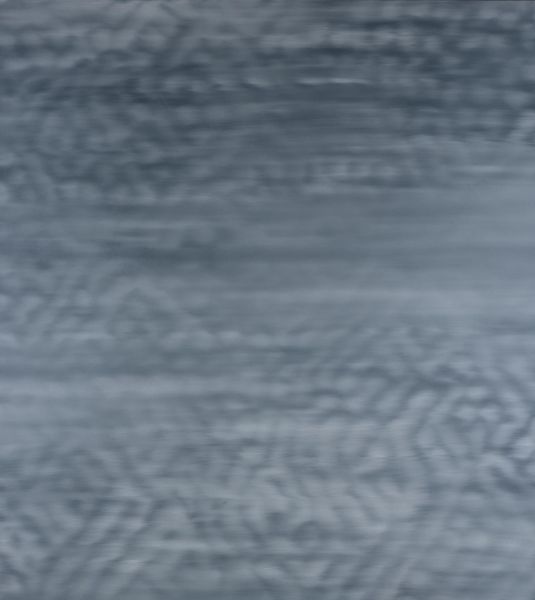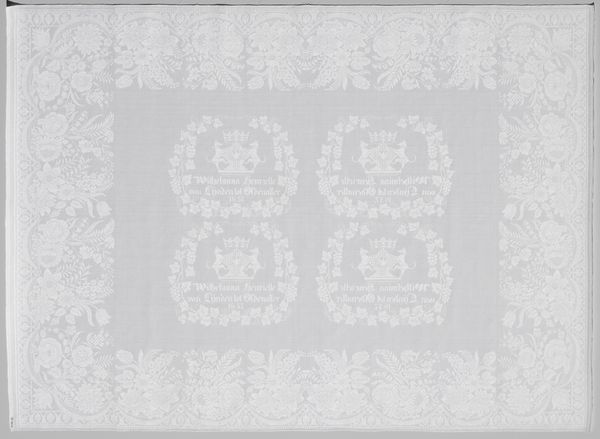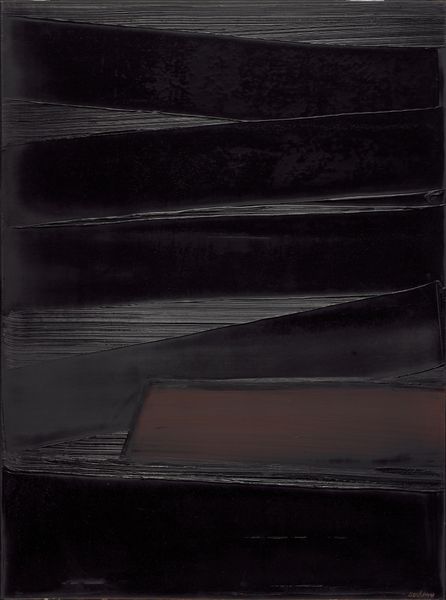
Fragment ingeschoren trijp met patroon van takken waarbinnen door bladeren omkranst ovaal met vogel 1909 - 1920
0:00
0:00
weaving, textile
#
art-nouveau
#
muted colour palette
#
weaving
#
textile
#
fabric design
#
pattern repetition
#
decorative-art
#
layered pattern
Dimensions: height 51.5 cm, width 65.0 cm
Copyright: Rijks Museum: Open Domain
Editor: This textile, "Fragment ingeschoren trijp met patroon van takken waarbinnen door bladeren omkranst ovaal met vogel," was created between 1909 and 1920 by Theo Nieuwenhuis. It’s currently housed at the Rijksmuseum. The piece strikes me as quite intricate, though the muted tones render it somewhat melancholic. What symbolic significance do you find within these recurring motifs? Curator: It's fascinating how you're immediately drawn to the subdued palette. The textile's symbols – the branches, leaves, and especially the bird nestled in an oval frame – echo a powerful longing for nature and peace within the rapid industrialization of the early 20th century. Think about the "cult of the bird" as a motif symbolizing the soul or freedom in art nouveau imagery of the time. Does knowing this shift your perception? Editor: Yes, understanding that context definitely gives me a new appreciation. I see how the bird might not just be decorative but a loaded emblem of hope, or maybe even escape. It feels less melancholic and more like a quiet resistance now. Curator: Precisely! The apparent darkness becomes more complex, doesn’t it? It's also about hidden messages woven into the fabric, a coded language for those who understood the visual vocabulary of the time. How does it resonate with you now, thinking about its cultural memory? Editor: I think that is really beautiful and layered – what seemed like a decorative pattern is actually so full of emotion, history, and quiet, rebellious spirit! Thank you. Curator: Indeed. And that’s often the fascinating role of imagery; how symbols shift meanings across time while carrying collective emotional weight. Food for thought!

